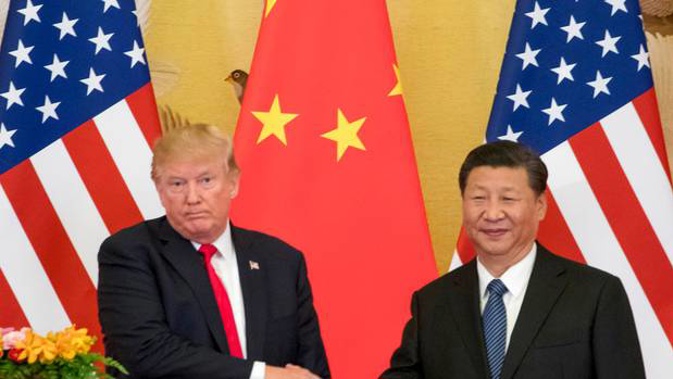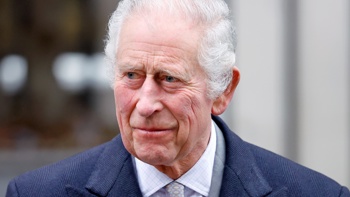
The first phase of a US-China trade agreement will be inked at the White House in mid-January, President Donald Trump announced Tuesday, adding that he will visit Beijing at a later date to open another round of talks aimed at resolving other sticking points in the relationship.
The so-called "Phase One" agreement is smaller than the comprehensive deal Trump had hoped for and leaves many of the thorniest issues between the two countries for future talks. Few economists expect any resolution of "Phase Two" before the presidential election in 2020.
And the two sides have yet to release detailed documentation of the pact, making it difficult to evaluate.
Trump said high-level Chinese government officials will attend the signing on January 15 of "our very large and comprehensive Phase One Trade Deal with China."
"At a later date I will be going to Beijing where talks will begin on Phase Two!" Trump said in his tweet. He did not announce a date for the visit.
China has agreed to boost its US goods imports by US$200 billion (NZ$297 billion) over two years, the US Trade Representative said December 13 when the deal was announced. That includes increased purchases of soybeans and other farm goods that would reach US$40 billion a year.
China has also agreed to stop forcing US companies to hand over technology and trade secrets as a condition for gaining access to China's vast market, demands that had frustrated many US businesses.
In return, the Trump administration dropped plans to impose tariffs on US$160 billion of Chinese goods, including many consumer items such as smartphones, toys and clothes. The US also cut tariffs on another US$112 billion of Chinese goods from 15 per cent to 7.5 per cent.
Many analysts argue that the results are fairly limited given the costs of the administration's 17-month trade war against China. US farm exports to China fell in 2018 to about one-third of the peak reached six years earlier, though they have since started to recover.
Import taxes remain on about half of what the US buys from China, or about US$250 billion of imports. Those tariffs have raised the cost of chemicals, electrical components and other inputs for US companies. American firms have cut back on investment in machinery and other equipment, slowing the economy's growth this year.
/arc-anglerfish-syd-prod-nzme.s3.amazonaws.com/public/GTMR6ZP7JFHUDAYERDRFNR7LAE.jpg)
A study last week by economists at the Federal Reserve found that all of the Trump administration's tariffs, including those on steel and aluminium as well as on Chinese imports, have cost manufacturers jobs and raised their costs. That's mostly because of retaliatory tariffs imposed by China and other trading partners.
Many experts in both the US and China are sceptical that U.S. farm exports can reach US$40 billion. The most the US has ever exported to China before has been US$26 billion. China has not confirmed the US$40 billion figure.
Still, the agreement has helped calm concerns in financial markets and among many US businesses that the trade war with China would escalate and potentially lead to a recession. The approval by the Democratic-led House of the Trump administration's revamp of the NAFTA agreement has also reduced uncertainty around global trade.
Since the U.S.-China pact was first announced in October, the stock market has risen steadily and is on track to finish the year with its biggest gain since 2013. Most analysts now forecast that the economy will grow at a steady if modest pace in 2020, extending the current record-long expansion.
The Phase 1 deal has left some major issues unresolved, notably complaints that Beijing unfairly subsidizes its own companies to give them a competitive advantage in world markets.
The Trump administration argues - and independent analysts agree - that China uses the subsidies in an effort to gain an advantage in cutting-edge fields such as driver-less cars, robotics and artificial intelligence.
Another sticking point in future talks will likely involve rules around data flows, with China looking to require more foreign companies to keep data they use in China as opposed to stored overseas.
"It's a very toxic brew and I don't know that we're really going to see much progress on it," said Mary Lovely, a trade economist at the Peterson Institute for International Economics.
- Associated Press
Take your Radio, Podcasts and Music with you









